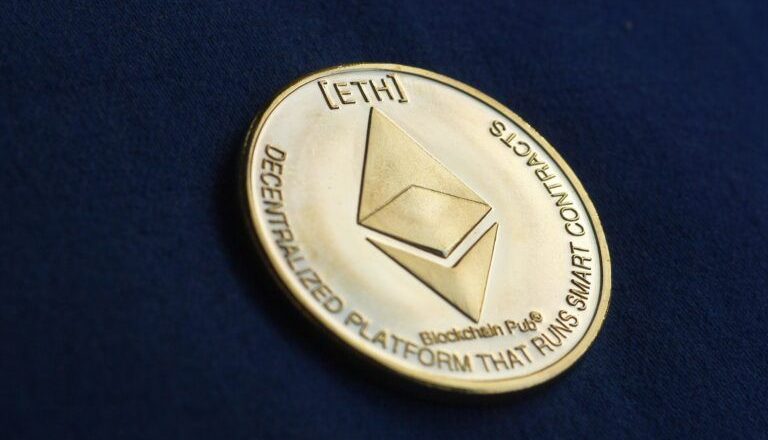Ethereum ($ETH) Educator Explains Why 2023 Is ‘Gonna Be a Big Year’
On Saturday (31 December 2022), independent Ethereum educator, investor and advisor Anthony Sassano explained why he believes that 2023 is going to be a great year for Ethereum ($ETH).
Sassano told his over 232K Twitter followers:
“Two major upgrades coming to Ethereum in 2023: – Beacon Chain withdrawals which, contrary to popular belief, will lead to *more* ETH being staked; not less – EIP4844/Proto-Danksharding will bring a 10x-100x reduction in rollup fees for users Gonna be a big year – buckle up“
In case you are not familiar with EIP 4844, this “introduces a new kind of transaction type to Ethereum which accepts ‘blobs’ of data to be persisted in the beacon node for a short period of time.” Such changes are “forwards compatible with Ethereum’s scaling roadmap,” and “blobs are small enough to keep disk use manageable.”
As for the motivation for EIP 4844, here is what the Ethereum Foundation says:
“Rollups are in the short and medium term, and possibly in the long term, the only trustless scaling solution for Ethereum. Transaction fees on L1 have been very high for months and there is greater urgency in doing anything required to help facilitate an ecosystem-wide move to rollups. Rollups are significantly reducing fees for many Ethereum users: Optimism and Arbitrum frequently provide fees that are ~3-8x lower than the Ethereum base layer itself, and ZK rollups, which have better data compression and can avoid including signatures, have fees ~40-100x lower than the base layer.
“However, even these fees are too expensive for many users. The long-term solution to the long-term inadequacy of rollups by themselves has always been data sharding, which would add ~16 MB per block of dedicated data space to the chain that rollups could use. However, data sharding will still take a considerable amount of time to finish implementing and deploying.
“This EIP provides a stop-gap solution until that point by implementing the transaction format that would be used in sharding, but not actually sharding those transactions. Instead, the data from this transaction format is simply part of the beacon chain and is fully downloaded by all consensus nodes (but can be deleted after only a relatively short delay). Compared to full data sharding, this EIP has a reduced cap on the number of these transactions that can be included, corresponding to a target of ~0.25 MB per block and a limit of ~0.5 MB.“
With regard to EIP 4844, when asked why he had specified such a wide range for reduction in rollup fees, Sassano said:
“Hard to predict what the cost reduction will be for each rollup so we estimate it for now – Will depend how each rollup uses blobs – Not all rollups are created equal“
Interestingly, earlier today (1 January 2023), crypto educator and influencer “DeFi Dad” pointed out that 2022 had been a great year for Ethereum:
On 26 October 2022, Sassano explained how Ethereum’s Merge upgrade has affected net issuance of $ETH.
Sassano, who is also the Co-Founder of EthHub (“the essential resource for Ethereum information featuring open source documentation, podcast and newsletter”, said:
“It’s been 41 days since The Merge If Ethereum was still on PoW, there would be up to 488,000 ETH that miners would be able to dump into this pump Instead, net issuance is only 1,300 ETH since merge and stakers can’t sell any of that yet… And you’re still bearish? Actually it’s even more bullish than this because the PoW number above includes the burn Without the burn included, ETH going to miners would’ve been around 550,000 to date since The Merge“
Image Credit
Featured Image via Pixabay
Source: Read Full Article

